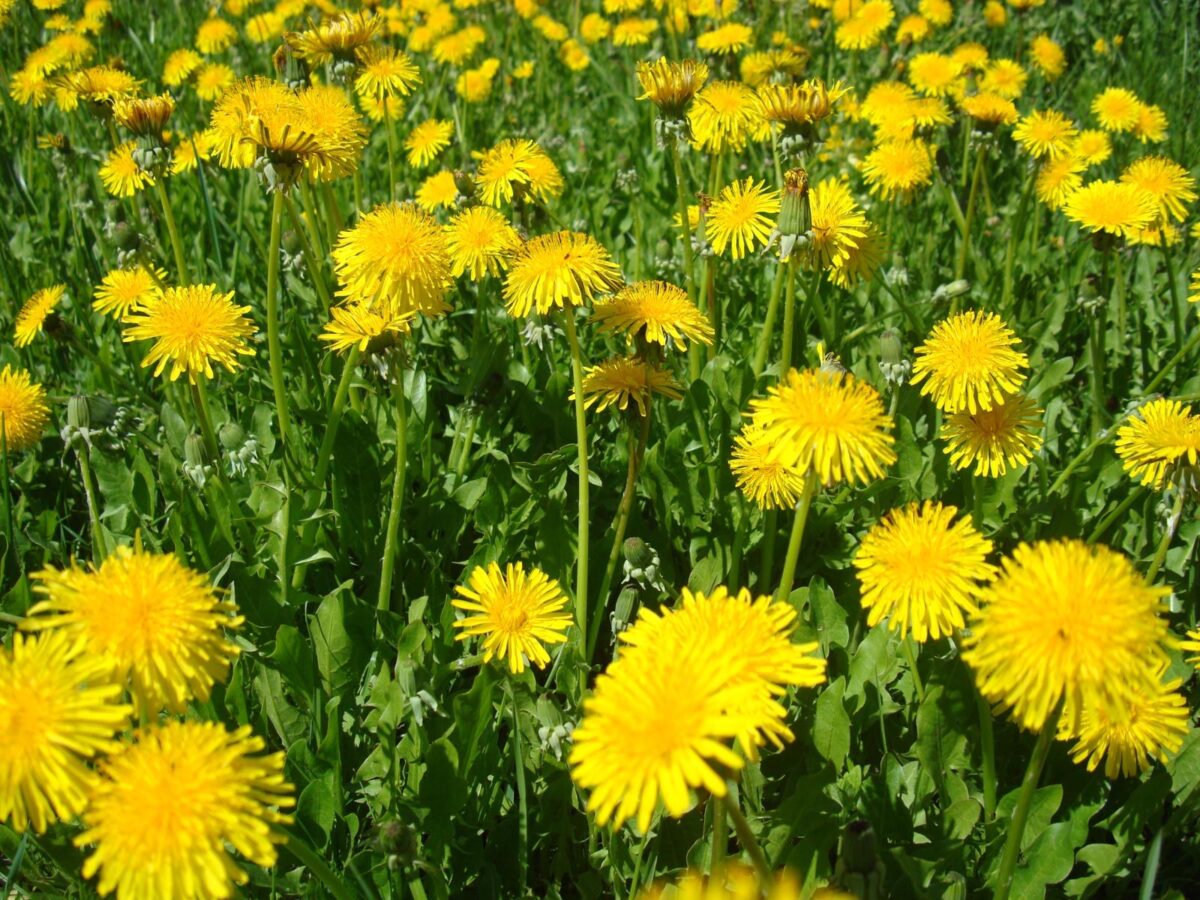
Are your fingers itching, as mine are, to get going in the garden? While we are waiting for the busy-ness of March to begin, how about helping the early insects, beautifying garden trees or preparing the veg beds for the coming season…….
Catering for Critters
Unexpectedly mild winter weather in the south has been worryingly confusing birds and insects who are waking up before their customary food-sources are available, so we as gardeners ought to be aware of how we can help out these early-stirrers. It sounds odd, but bees are apparently more likely to starve in a mild winter than a bitter one, because they are using their stored honey at a faster rate than if they were in deep hibernation.
But there are certain plants that will give insects (and thus, wild birds) valuable sources of nectar and pollen at this early stage of the year.
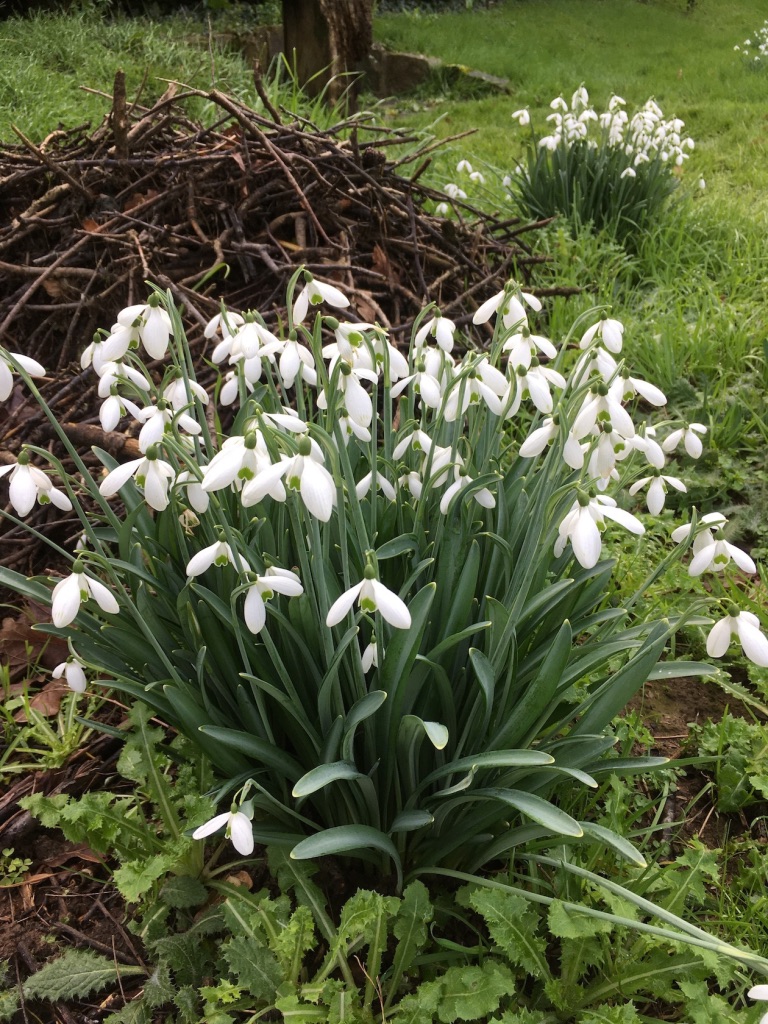
Snowdrops are first on this list, with their nodding flower-heads often full of golden pollen. Also winter aconites, which open their cheery yellow flowers wide on mild days , providing a real lure for the first bees of spring. Heather is also extremely valuable to insects, and witch hazels can delight both the bees and you with their showy and scented flowers. Don’t forget the often-overlooked winter jasmine (J. nudiflorum), and if you can bear to have a properly wild corner, please do let some dandelions bloom – the little critters will love you for it! Try to make room for pussy willows too, which are two more fabulous food-sources for our precious wildlife.
Barking up the Right Tree
I was at a friend’s house last week and looking out at a stunning little array of silver birches which simply glowed in their whiteness, and lifted the mood of the whole outdoor space. The bark of ornamental trees acquires more importance when the branches are leafless. The most common trees chosen for their bark include all sorts of maples (Acer), Stewartia, and Parrotia as well as the coloured birches. But I can’t be alone in loving the look and feel of the bark of some quite ordinary trees as well, like cherries, hornbeam, beech, dogwood or sycamore.
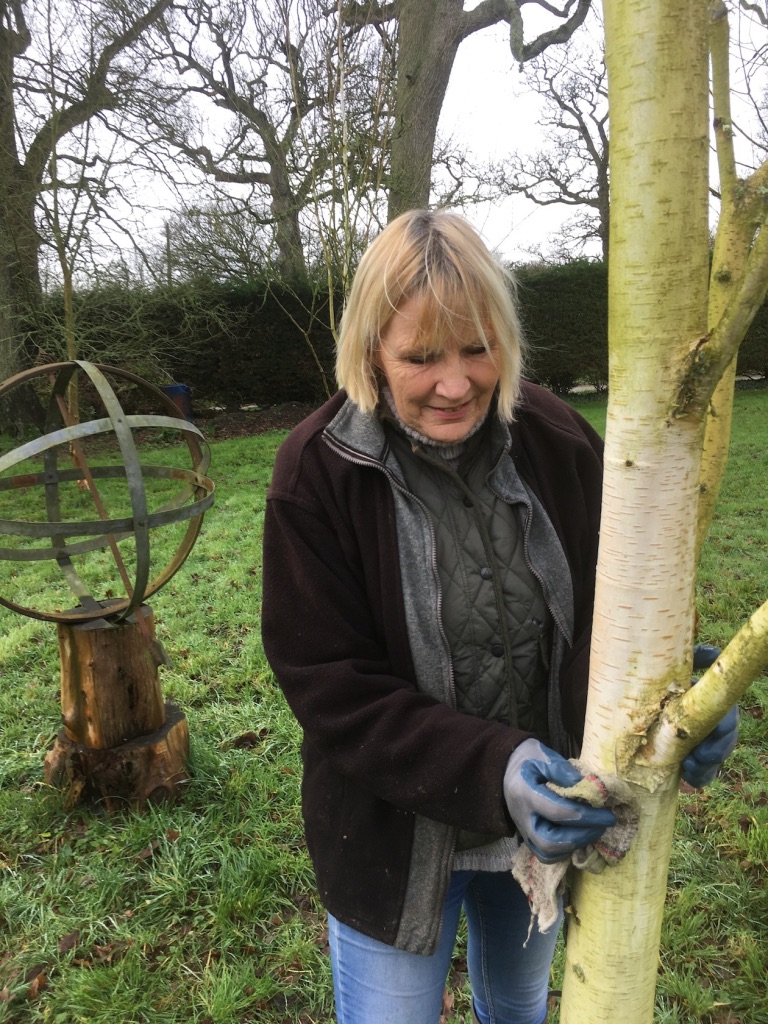
It is such a simple and pleasurable task to go out with a bucket of plain water and a cloth and give them a quick wash-and-brush-up to bring out all the beauty, colour and form of the trunks of winter trees, strictly ornamental or otherwise.
We need trees more than ever, but their utilitarian importance doesn’t mean that they can’t also be beautiful all year round.
Doing your Veg Prep
I don’t know if you’re a Dig or a No-Dig sort of gardener (and both the RHS and Charles Dowding, the well-known organic gardener, have important things to say on this subject), but whichever you are, you still ought to do some preparation of your veg plot now.
If you’re a Digger (I don’t mean an Aussie*, obviously, though of course you might be that as well…..), you will be aerating, draining and warming the soil as you dig, and you should be adding in some compost or composted manure at the same time.
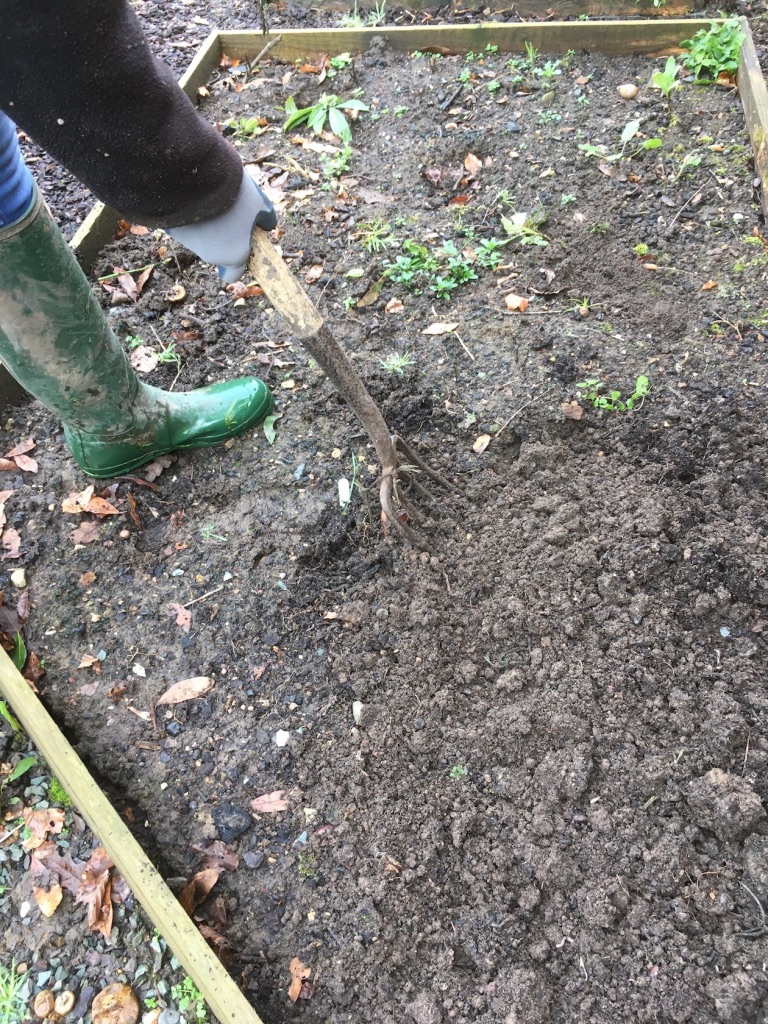
The No-Dig brigade should just lay a couple of inches of a dressing of compost/rotted manure on the surface and lay a plastic sheet (endlessly recycled, I hope) over the top to help warm up the soil.
About a week before you use the bed for sowing, lightly fork through the top 6 inches, and rake it across to leave a fine tilth – the perfect seedbed for your fab veg crop this year.
*I couldn’t resist looking up why Australians were called Diggers, and it seems that it all started in the First World War, when it became used for Australian soldiers. Many had been gold-miners before the war, but this term apparently referred to the fact that they were the ones digging the trenches. It might also have been just a handy term to distinguish them from the Poms (British), the Frogs (French) and the Yanks (Americans)!
Gardening Shorts
- Prune wisteria, cutting all the side shoots back to 2-3 buds.
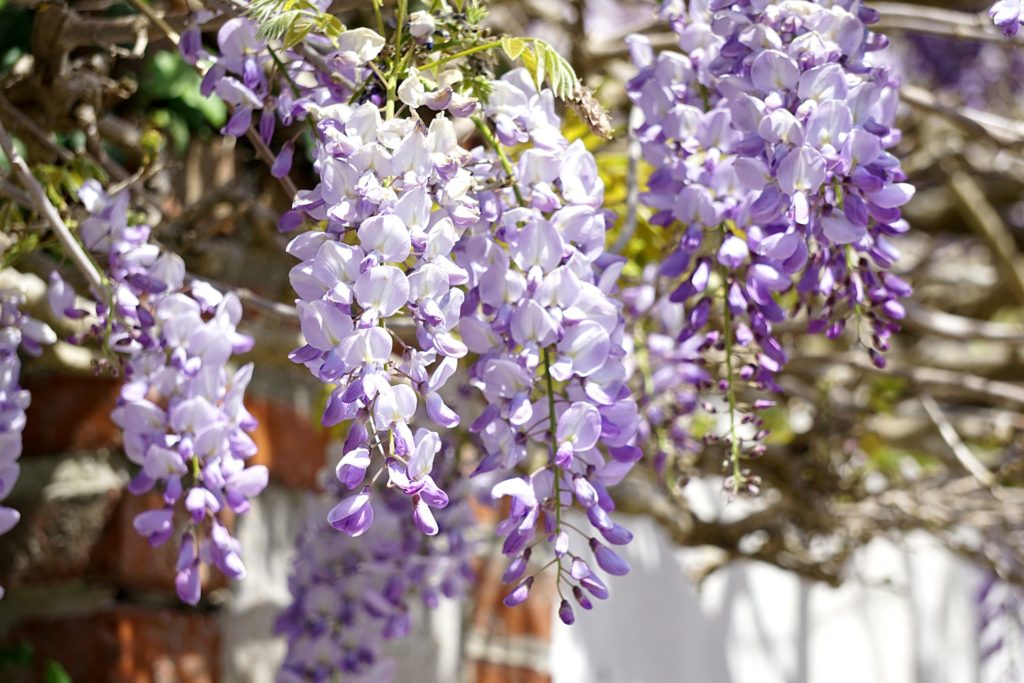
- Start off your onion and shallot sets indoors in modules, to give them a chance to develop roots before you plant them out – it helps keep them in the ground when birds come looking for nesting material!
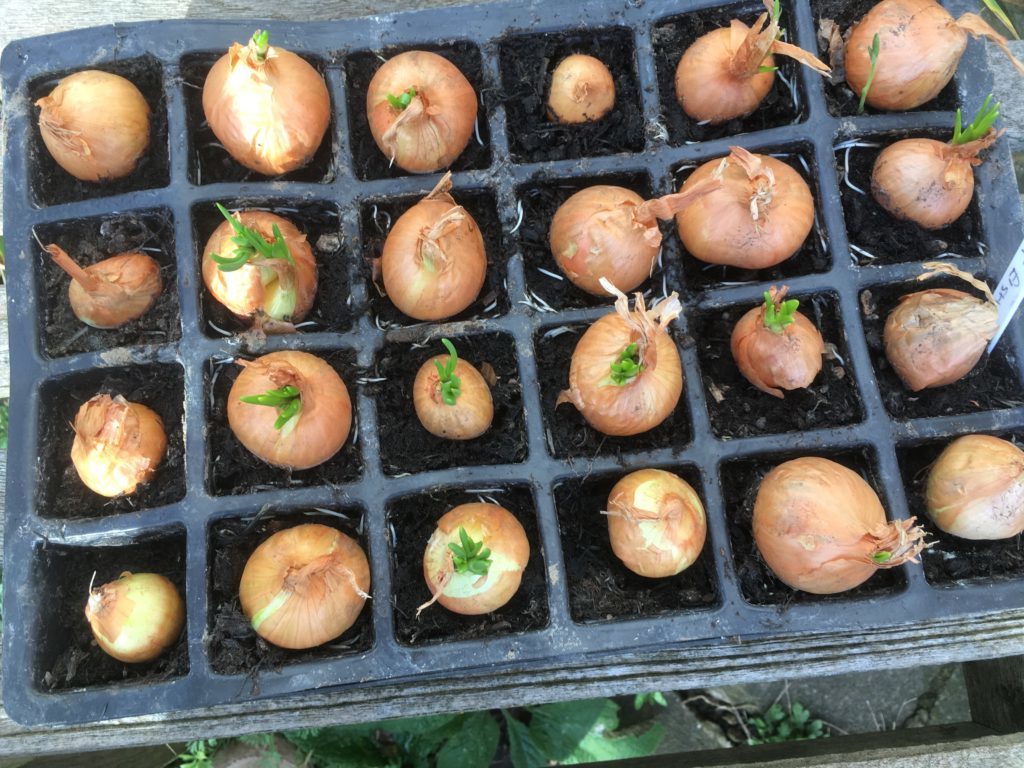
- This is a good time to plant new perennial climbers like clematis and honeysuckle as long as the ground isn’t frozen – it will give their roots time to establish properly before spring gets going in earnest.
NB If you’d like a bit more gardening chit-chat from the3growbags, just enter your email address in here
